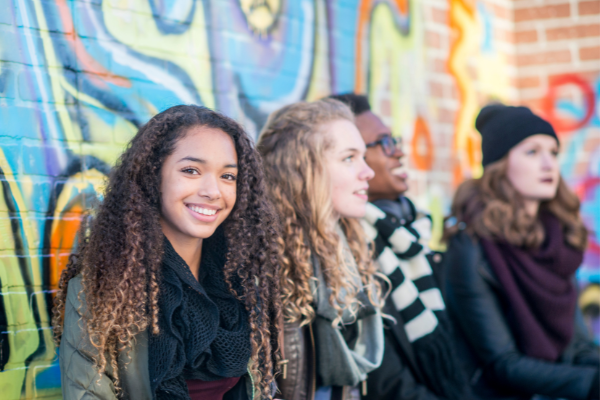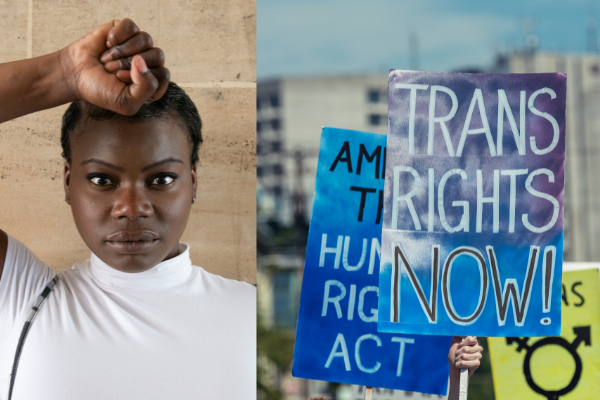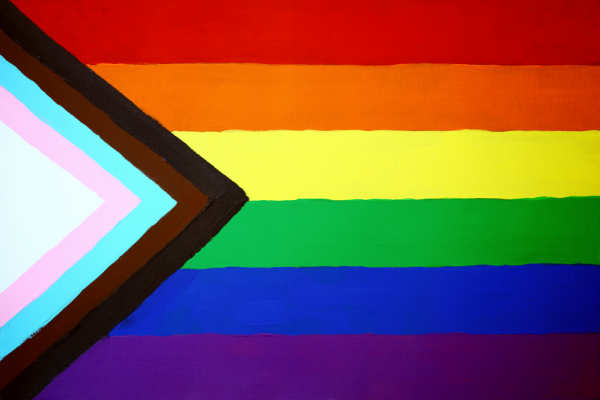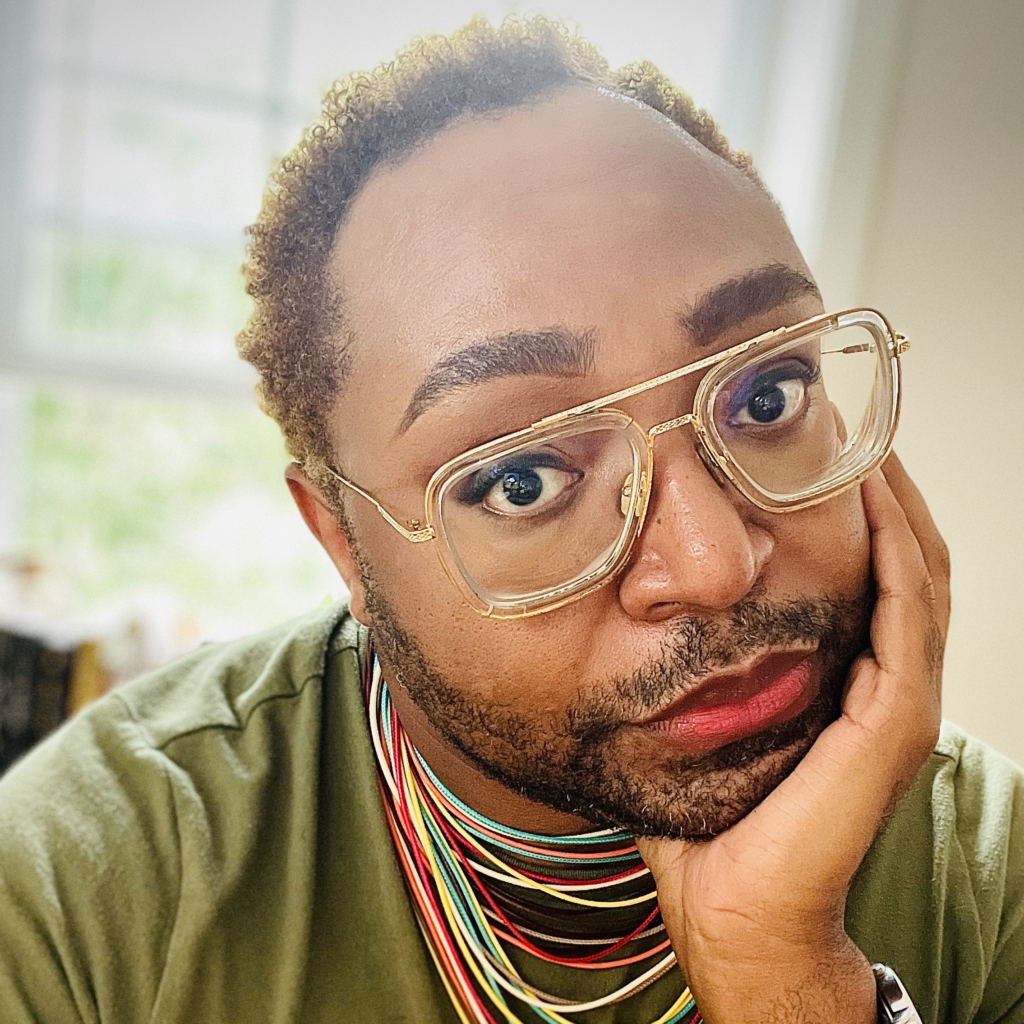By: Jasmin R. Brooks
Highlights:
- Suicide among Black youth and young adults is a national public health crisis. However, limited research has examined contributing and protective factors of suicide among Black youth and young adults (this is especially relevant in light of September being Suicide Prevention Awareness Month).
- Recent research suggests symptoms of depression are associated with greater suicidal ideation for Black young adults, but that self-acceptance may buffer this association.
- In this blog, read more about these findings and what you can do to help address the crisis of Black youth suicide.
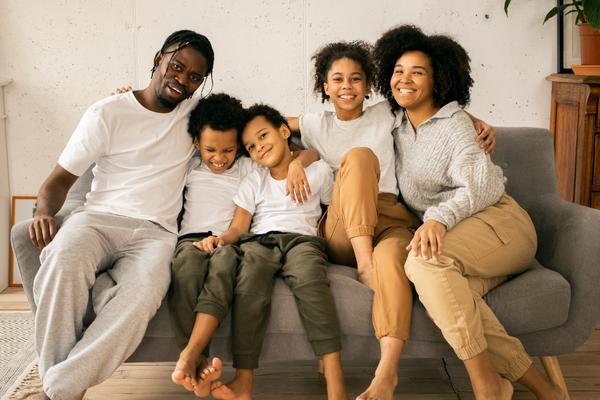
Suicide is a major public health concern among all age groups. However, with increases in social media use, anxiety, depression, loneliness, and self-inflicted injuries, suicidal thoughts and behaviors among youth and youth adults are of particular concern1,2. Importantly, analysis of the CDC’s national 2019 Youth Risk Behavior Survey reveal that suicide among Black youth has increased at an alarming rate, faster than any other racial or ethnic group3. Findings suggest that suicide attempts have risen 73% between 1991 and 2017 for Black adolescents, and injuries from suicide attempts have risen 122% for Black adolescent boys over the same time period3. As a result, research investigating how suicide risk develops, and can be prevented, among Black youth is warranted.
The Role of Depression and Self-Acceptance
Previous research suggests that depression is a robust risk factor for suicide; however, Black Americans remain largely underrepresented in these studies. In our new study, published in the Journal of Black Psychology, we examined the association between symptoms of depression and suicide ideation among Black young adults, as well as the potential buffering role of self-acceptance.
Our study found that elevated symptoms of depression were associated with increased suicide ideation. Potential explanations of the pathway between depression and suicide for Black young adults include exposure to racism-related stressors, hopelessness, diminished psychological functioning, and impaired coping skills4-6. Importantly, we found that for Black young adults who reported higher levels of self-acceptance (i.e., positive and realistic attitudes toward the self), symptoms of depression were not associated with suicidal ideation. This finding suggests that holding positive attitudes towards oneself protects against external influences that may lead to psychological distress. Moreover, this finding suggests that assisting Black young adults in cultivating increased feelings of self-worth may lead to a reduction in risk for suicidal ideation.
How to Support Black Youth
Youth suicide is preventable. Suicide rates for Black youth and young adults can be substantially reduced through the following recommendations:
- Learn the signs and symptoms of suicide risk. If you or someone you know is suicidal, get help immediately via calling or texting the Suicide and Crisis Lifeline at 988, the National Suicide Prevention Lifeline at 1-800-273-TALK or the Crisis Text Line (text “HOME” to 741741).
- Black youth continue to be less likely to receive and complete treatment for depression, compared to White youth. Black youth are also less likely to receive mental health services following a suicide attempt. Seek out mental health treatment, including culturally-responsive services as needed.
- For parents, talk and listen to your child. Affirm their feelings and foster an accepting and welcoming environment to discuss mental health and well-being. Keep learning new strategies on how to check in on your child’s mental health.
- For teachers, foster supportive, warm, and inclusive classroom environments and maintain positive connections to Black students.
- For providers, screen for depression in primary care settings. Furthermore, we can work together to design and implement more race-conscious and culturally responsive suicide interventions targeting specific risk factors among Black youth.
- Therapy for Black Kids and Therapy for Black Girls provide free resources, tools, and access to a directory of Black providers in order to promote mental health recovery among Black children, teens, and families.
- Help break the stigma that exists surrounding suicidal thoughts and behaviors by: 1) bringing awareness to (and helping to reduce) the use of stigmatizing language surrounding suicide, 2) educate your family, friends, and colleagues about the unique experiences and challenges of mental health within the Black community, and 3) take steps to address our own implicit biases and any assumptions we may have surrounding suicide and mental health.
References
[1] Miron, O., Yu, K. H., Wilf-Miron, R., & Kohane, I. S. (2019). Suicide rates among adolescents and young adults in the United States, 2000-2017. JAMA, 321(23), 2362-2364.
[2] Mercado, M. C., Holland, K., Leemis, R. W., Stone, D. M., & Wang, J. (2017). Trends in emergency department visits for nonfatal self-inflicted injuries among youth aged 10 to 24 years in the United States, 2001-2015. JAMA, 318(19), 1931-1933.
[3] Lindsey, M. A., Sheftall, A. H., Xiao, Y., & Joe, S. (2019). Trends of suicidal behaviors among high school students in the United States: 1991–2017. Pediatrics, 144(5).
[4] Nrugham, L., Holen, A., & Sund, A. M. (2012). Suicide attempters and repeaters: Depression and coping a prospective study of early adolescents followed up as young adults. The Journal of Nervous and Mental Disease, 200(3), 197-203.
[5] Abramson, L. Y., Alloy, L. B., Hogan, M. E., Whitehouse, W. G., Gibb, B. E., Hankin, B. L., & Cornette, M. M. (2002). The hopelessness theory of suicidality. In Suicide science (pp. 17-32). Springer, Boston, MA.
[6] Walker, R. L., Salami, T. K., Carter, S. E., & Flowers, K. (2014). Perceived racism and suicide ideation: Mediating role of depression but moderating role of religiosity among African American adults. Suicide and Life‐Threatening Behavior, 44(5), 548-559.
If you have any comments or questions about this post, please email Youth-Nex@virginia.edu. Please visit the Youth-Nex Homepage for up to date information about the work happening at the center.

Author Bio: Jasmin R. Brooks, M.A. is a doctoral candidate in Clinical Psychology at the University of Houston. Her research interests include evaluating how sociocultural risk (e.g., racial discrimination) and protective (e.g., mindfulness, racial identity) factors influence suicidality and mental health for Black populations. She aims to apply her research to the development of clinical interventions that reduce racial stress and promote psychological well-being within Black and other marginalized communities. Jasmin also maintains a strong commitment to being active in her community through mentoring, non-profit work, and creating a podcast, We Had the Talk. If you are interested in learning more about Jasmin’s work you may visit her website at: https://jasminbrooks.com/, follow her on Twitter at: @__JasminBrooks, or email her at jrbrooks4@uh.edu.
